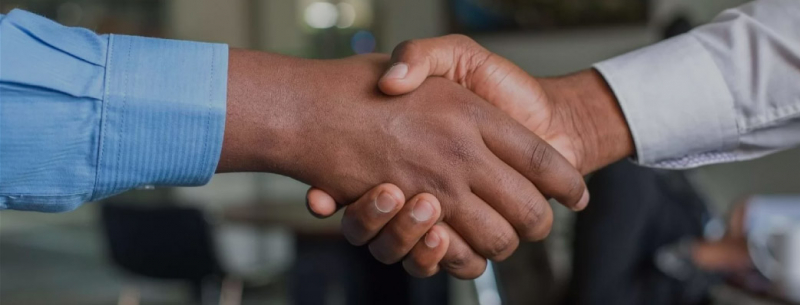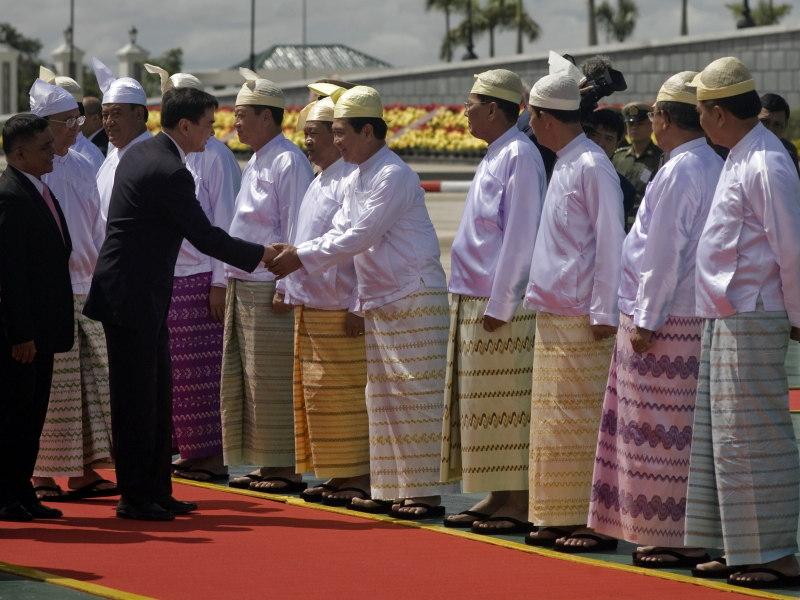Greetings etiquette
In Myanmar, the traditional greeting is a bow with both hands on one's stomach. Younger people frequently bow, and older people simply nod in response. This is typically done by students to their teachers, or by children or grandchildren to their elders (parents, aunts, uncles, and grandparents), to express gratitude and admiration and to provide an opportunity to ask for forgiveness, often through gift-giving. It is traditionally performed on Thingyan festival New Year's Day and during the month of Thadingyut (roughly October), which marks the end of Vassa, the Buddhist Lent.
Myanmar culture is predominantly Buddhist, and much of the accepted etiquette is based on Buddhist beliefs. Three Southeast Asian bows should be used to greet monks. Place your hands together in prayer position, hold them at face level, and bow deeply to greet monks. Kneel on the ground and touch your palms and forehead to the ground three times to show deep respect to a monk. When conversing with a monk, try to keep your head lower than his. This can be accomplished by slightly bowing or sitting down. If a monk is sitting down, you should follow suit. Women are not permitted to touch or give objects to monks (instead of place the object on a table or some other surface near the monk). Monks are traditionally given seats on buses and trains.
To greet, some Burmese shake hands. They may do so by supporting their right elbow in their left hand while shaking the hand of another person. Unless they are children, address them with their appropriate titles (e.g., Mr., Mrs.). In Burmese, the most common formal greeting is "Min-ga-la-ba shin" (spoken by a woman) or "Min-ga-la-ba khin-bah" (spoken by a man) (said by a man). Both are translated as greetings such as 'Hello.'















